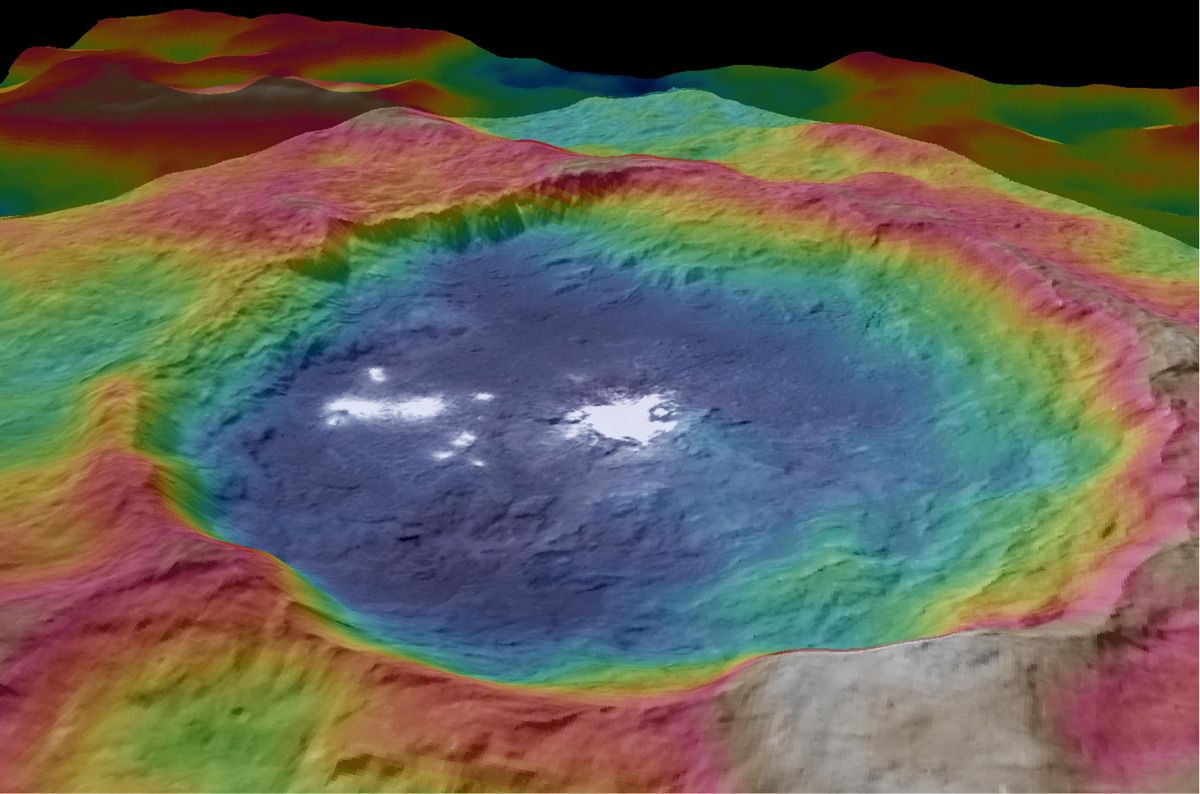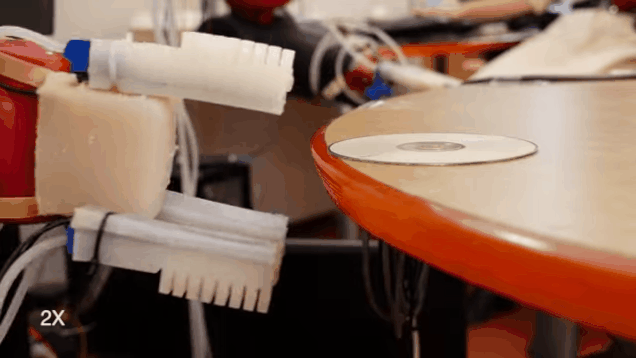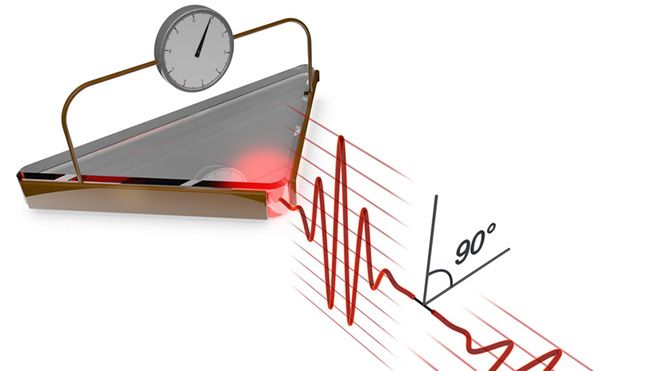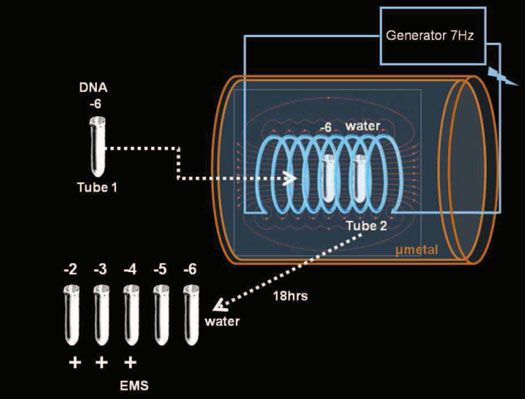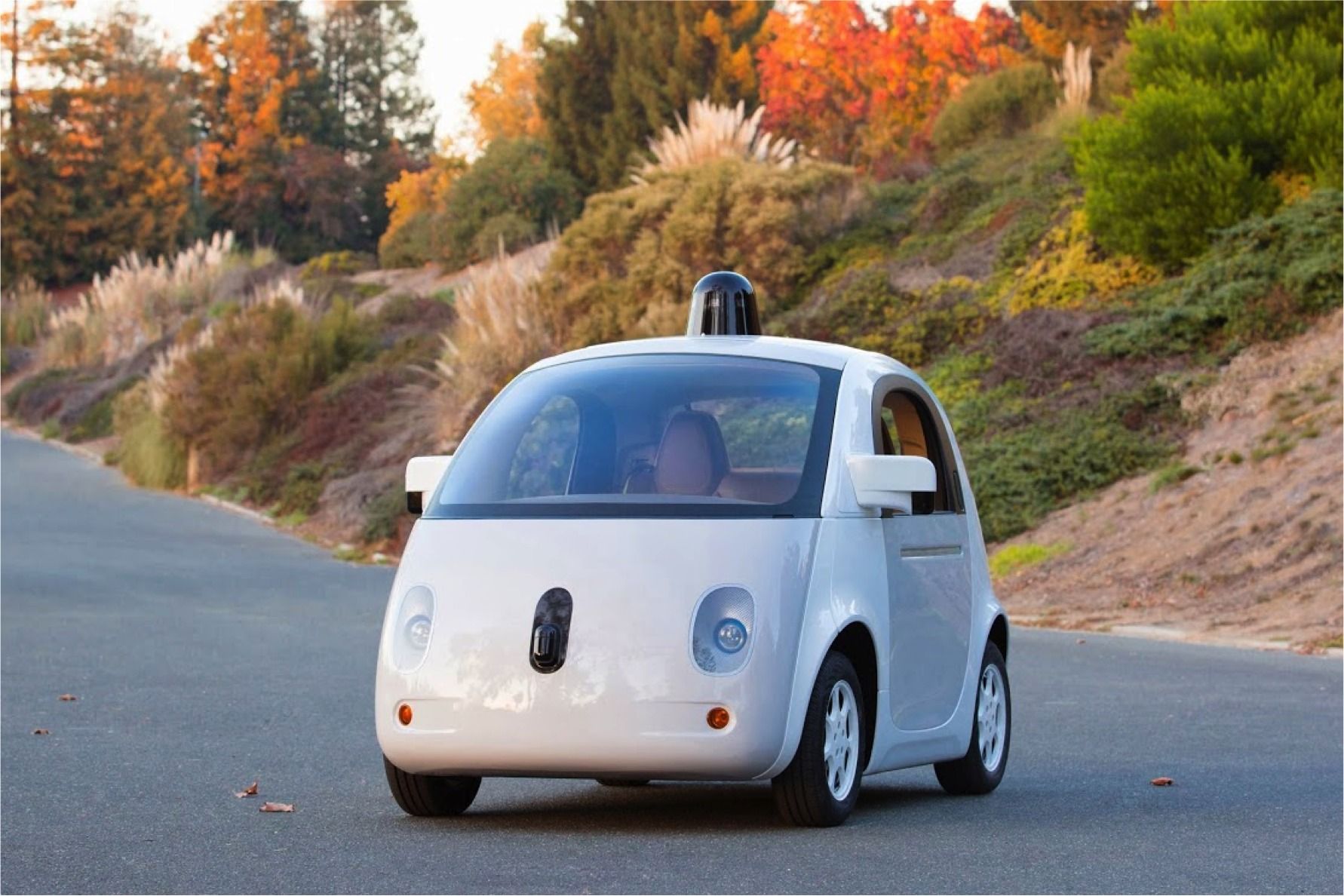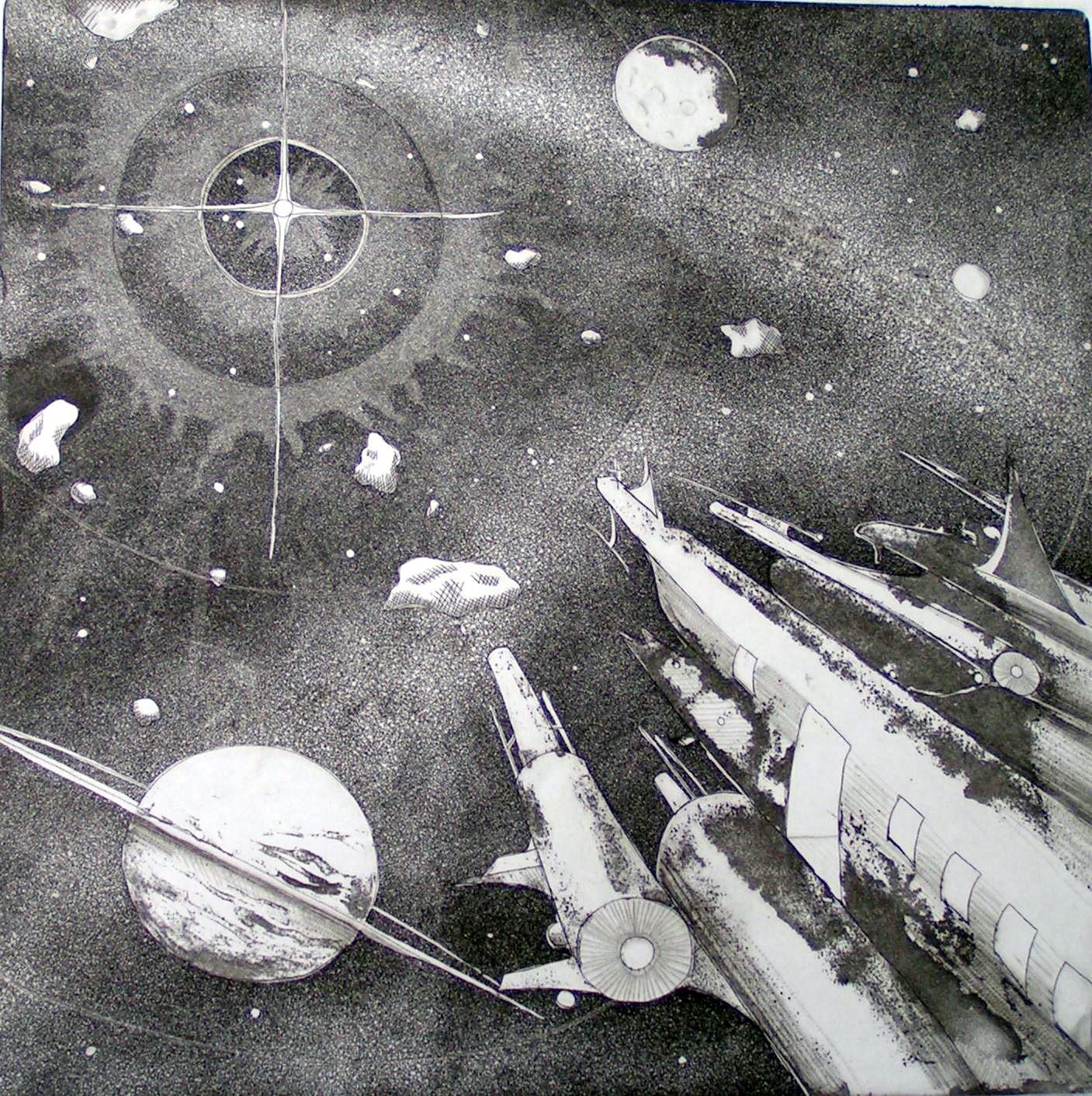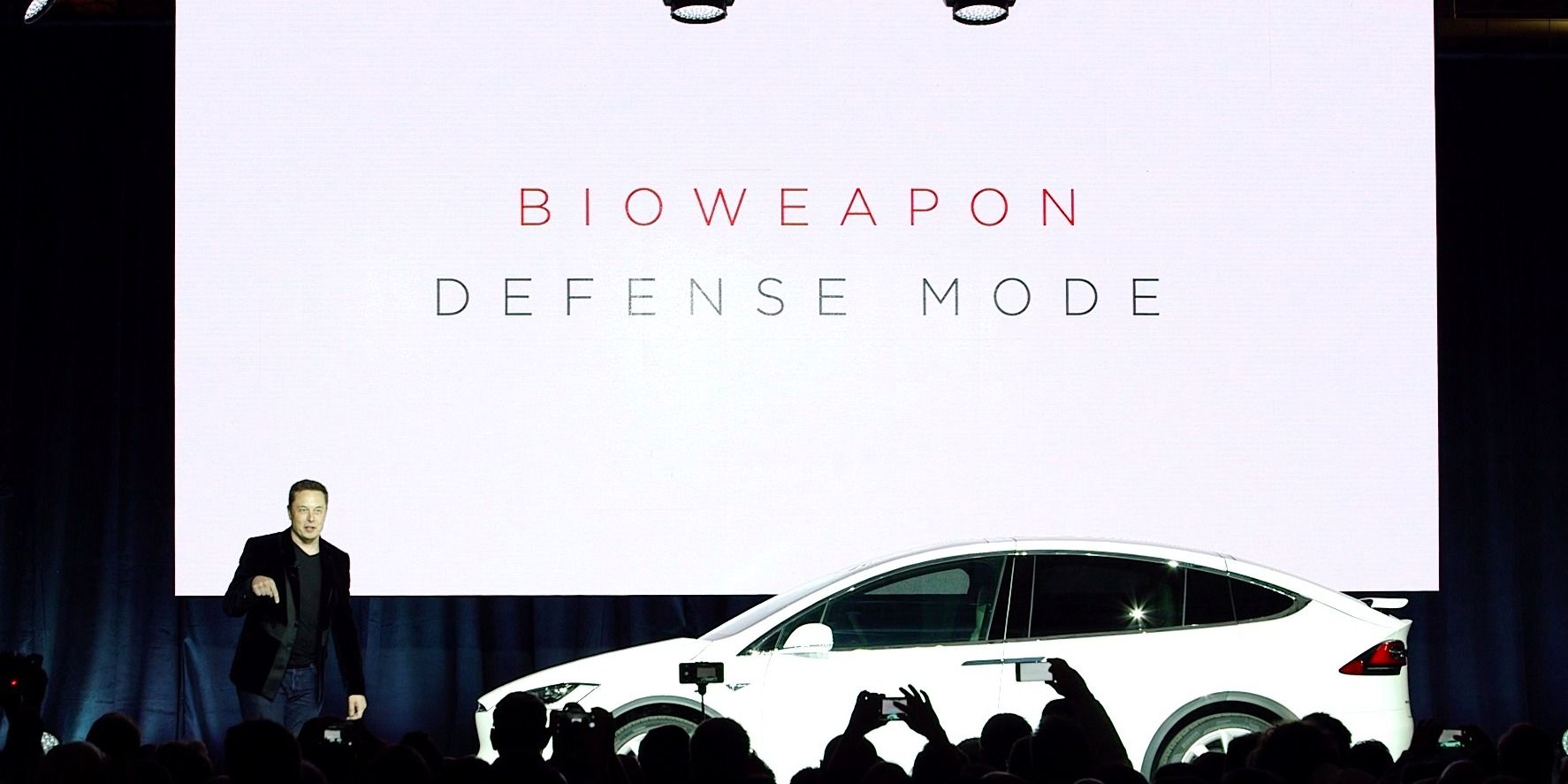Page 11022
Oct 1, 2015
New Maps of Ceres Highlight Mysterious Bright Spots, Giant Mountain
Posted by Sean Brazell in category: space
New maps of Ceres show the dwarf planet’s mysterious bright spots and huge, pyramid-shaped mountain in a new light.
The new maps of Ceres come courtesy of NASA’s Dawn spacecraft, which has been orbiting the heavily cratered dwarf planet since March. The maps highlight the compositional and elevation differences across Ceres, the largest object in the main asteroid belt between Mars and Jupiter.
For example, one new topographic map focuses on an odd mountain dubbed “the Pyramid,” which rises about 4 miles (6.4 kilometers) into space from Ceres’ surface. And another map zeroes in on the 56-mile-wide (90 km) Occator crater, whose floor features the most luminescent of the dwarf planet’s enigmatic bright spots. [Ceres’ Mysterious Bright Spots Coming Into Focus (Video)].
Oct 1, 2015
Stephen Hawking says nomadic aliens might crush us
Posted by Sean Brazell in categories: alien life, physics
Such advanced aliens would perhaps become nomads, looking to conquer and colonize whatever planets they can reach,” Hawking told El Pais. “To my mathematical brain, the numbers alone make thinking about aliens perfectly rational. The real challenge is to work out what aliens might actually be like.”
It’s funny how math can make you paranoid. Even if it’s entirely reasonable paranoia. The discovery of water on Mars is, for the non-mathematical at least, the first indication that something out there might be alive or might once have been alive.”
Technically Incorrect: The famed physicist says that simple math makes him believe there are aliens out there.
Sep 30, 2015
Thanks to a new breakthrough, we’re now one step closer to 3D printing replacement organs
Posted by Shailesh Prasad in categories: 3D printing, biotech/medical
Sep 30, 2015
To Make Robot Hands More Like Ours, MIT Built These Softer, Smarter Fingers
Posted by Shailesh Prasad in categories: computing, electronics, robotics/AI
It’s easy to forget how amazing the dexterity and anatomy of our own hands are–until you learn how difficult they are to replicate for machines. MIT has made big strides in robotic hands this year, and now it’s published a new one.
This week at the International Conference on Intelligent Robots and Systems, Bianca Homberg, Daniela Rus (the director of MIT’s Computer Science and Artificial Intelligence Laboratory) and their colleagues are showing off the latest advance in robotic digits: Modular fingers made of silicone and embedded with sensors, dexterous enough to pick up everything from soft toys to single pieces of paper without needing to be programmed to understand what it’s gripping.
Sep 30, 2015
Pushing computers towards petahertz, with femtosecond lasers and weird dielectrics
Posted by Shailesh Prasad in categories: computing, electronics, materials, quantum physics
New findings published by quantum scientists in Germany could pave the way towards computer chips that use light instead of electricity to control their internal logic. Where today’s silicon-based electrical computer chips are capable of speeds in the gigahertz range, the German light-based chips would be some 1,000,000 times faster, operating in the petahertz range.
Rather than focusing on an exciting new semiconductor, or some metamaterial that manipulates light in weird and wonderful ways, this research instead revolves around dielectrics. In the field of electronics, materials generally fall into one of three categories: charge carriers (conductors), semiconductors, and dielectrics (insulators). As the name suggests, a semiconductor only conduct electricity some of the time (when it receives a large enough jolt of energy to get its electrons moving). In a dielectric, the electrons are basically immobile, meaning electricity can’t flow across them. Apply too much energy, and you destroy the dielectric. As a general rule, there’s no switching: A dielectric either insulates, or it breaks.
Basically, the Max Planck Institute and Ludwig Maximilian University in Germany have found that dielectrics, using very short bursts of laser light, can be turned into incredibly fast switches. The researchers took a small triangle of silica glass (a strong insulator), and then coated two sides with gold, leaving a small (50nm) gap in between (see below). By shining a femtosecond infrared laser at the gap, the glass started conducting and electricity flowed across the gap. When the laser is turned off, the glass becomes an insulator again.
Sep 30, 2015
Can Our DNA Electromagnetically ‘Teleport’ Itself? One Researcher Thinks So
Posted by Shailesh Prasad in categories: biotech/medical, chemistry
A Nobel prize winning scientist who shared the 2008 prize for medicine for his role in establishing the link between HIV and AIDS has stirred up a good deal of both interest and skepticism with his latest experimental results, which more or less show that DNA can teleport itself to distant cells via electromagnetic signals. If his results prove correct, they would shake up the foundations upon which modern chemistry rests. But plenty of Montagnier’s peers are far from convinced.
The full details of Montagnier’s experiments are not yet known, as his paper has not yet been accepted for publication. But he and his research partners have made a summary of his findings available. Essentially, they took two test tubes – one containing a fragment of DNA about 100 bases long, another containing pure water – and isolated them in a chamber that muted the earth’s natural electromagnetic field to keep it from muddying the results. The test tubes were housed within a copper coil emanating a weak electromagnetic field.
Several hours later, the contents of both test tubes were put through polymerase chain reactions to identify any remnants of DNA – a process that subjected the contents to enzymes that would make copies of any DNA fragments they found. According to Montagnier, the DNA was recovered from both tubes even though the second should have only contained water.
Sep 30, 2015
Self-driving cars could reduce accidents
Posted by Shailesh Prasad in categories: health, robotics/AI, transportation
We all know that self-driving cars are cute and tend to be safer — at least according to Google’s self-released reports to date — but this new report has the self-driving revolution holding massive potential as one of the greatest things to happen to public health in the 21st century.
As The Atlantic reports, automated cars could save up to 300,000 lives per decade in the United States. Their reporting is based on this research paper by consulting firm McKinsey & Co., which is filled with fascinating ways that self-driving cars will help us accident-prone humans by midcentury.
From the McKinsey report (bold added by us to highlight the mind-blowing data):
Sep 30, 2015
Why ‘Alien Hunters’ See ‘Warp Drive’ As A SETI Nonstarter
Posted by Bruce Dorminey in categories: alien life, physics, space travel
Why #SETI and Warp Drive don’t necessarily mix; although, I tend to think if #ET is out there it would have long figured out a way to manipulate spacetime for interstellar #FTL travel. It’s time mainstream #physics embraced the idea that Einstein’s axioms involving #lightspeed can be overcome. We’ve nothing to lose but lots to gain. Special thanks to Erika McGinnis for allowing me to publish her artwork.
For all the hype over the idea that someday, somehow we humans will voyage to the stars — not at a measly fraction of the speed of light — but several “warp” factors beyond light speed, it’s a prospect few physicists take seriously. Even mention of “warp drive” is borderline taboo in certain academic circles.
And the idea that Einstein’s Theory of Relativity and with it the axiom that the ultimate speed of light can never be violated is a tenet that most researchers who spend their time plying the nearby cosmos for artificial radio or laser beacons have taken to heart. It supports most SETI scientists’ long-held notion that Earth has never been visited by sentient extraterrestrials.
Sep 30, 2015
Tesla’s new car includes a ‘bioweapon defense mode’ — and that’s not a joke
Posted by Shailesh Prasad in categories: biotech/medical, transportation
Tesla’s Model X has a feature that can filter the air to the quality of a hospital operating room.
